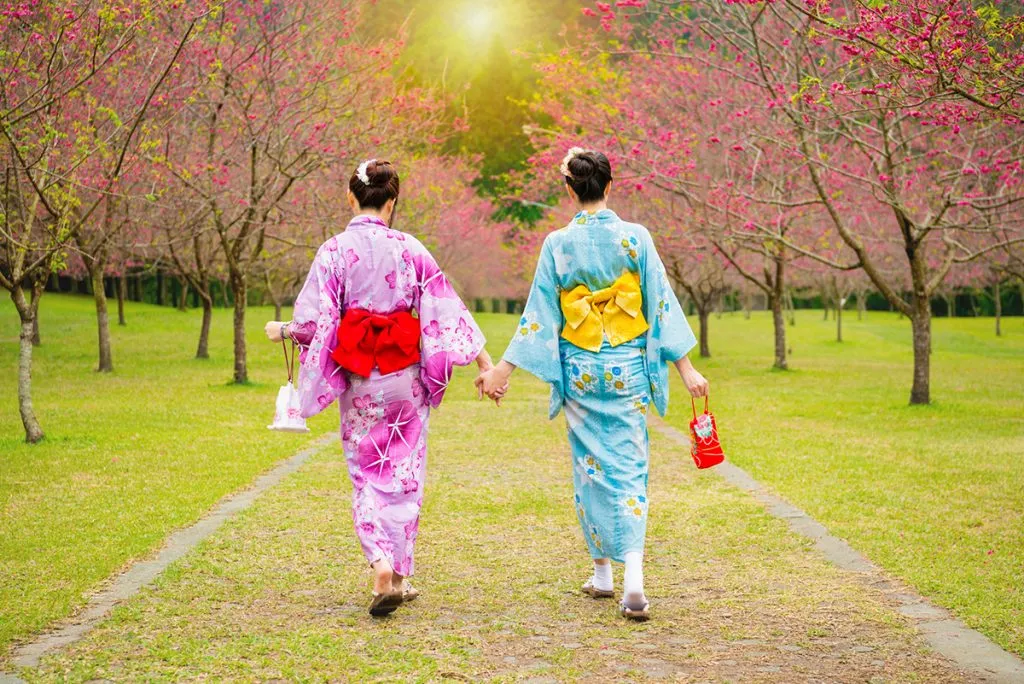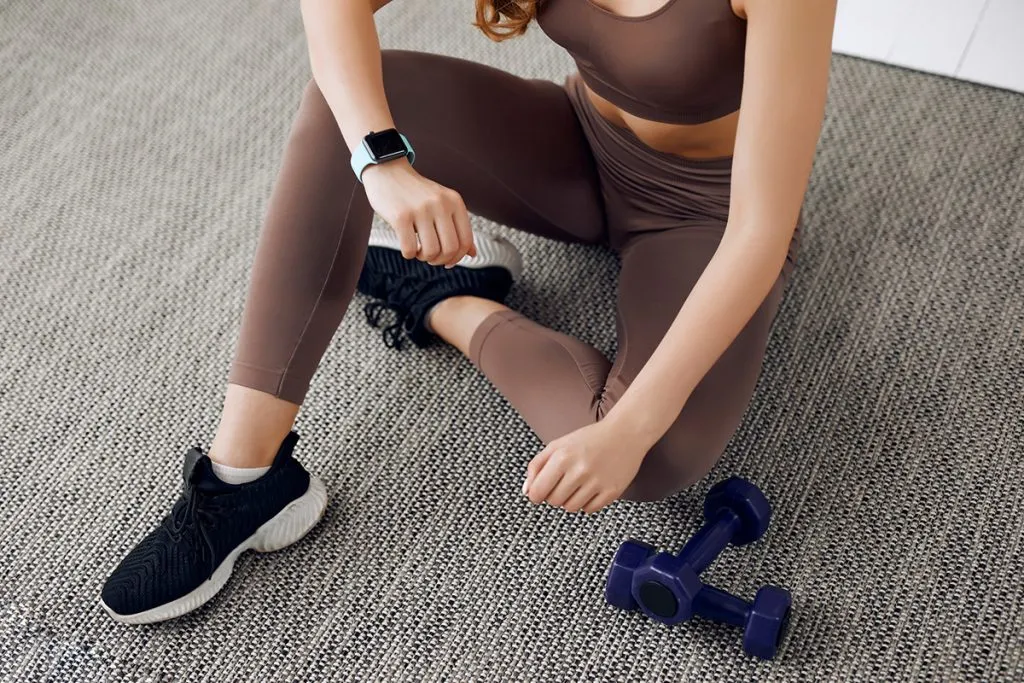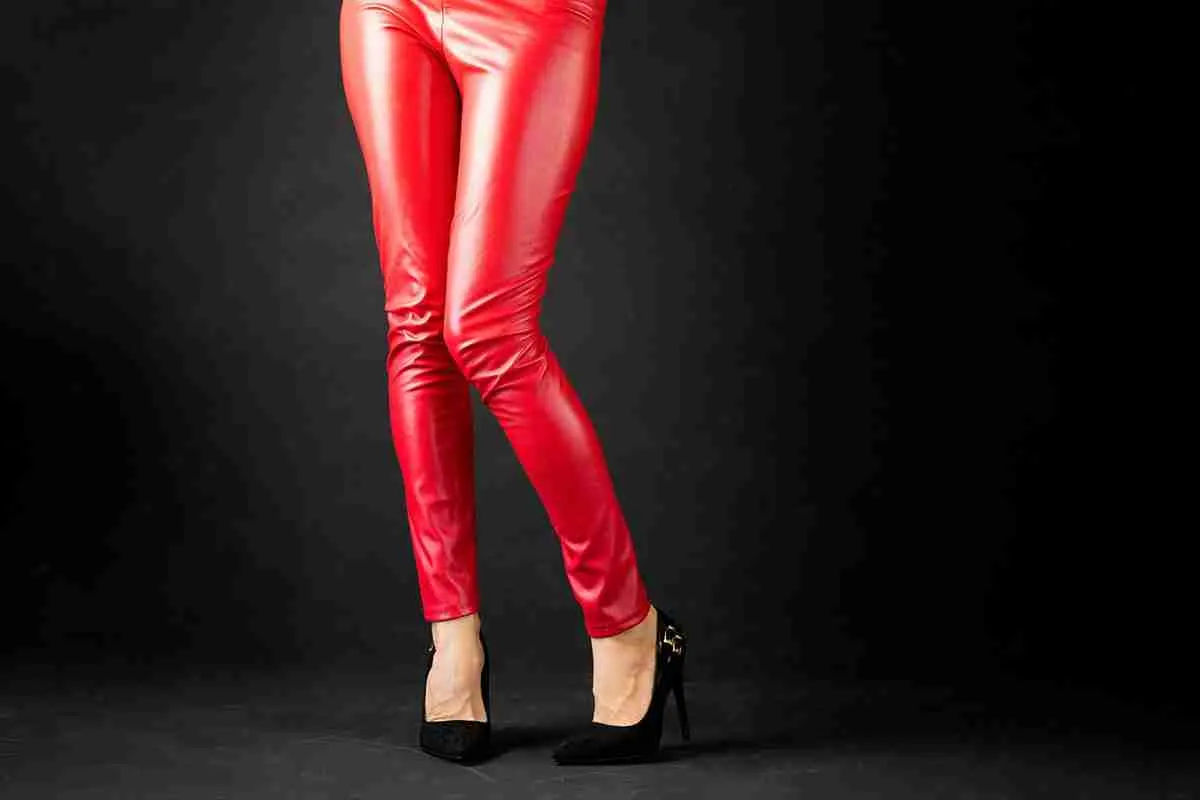Japanese dress codes vary depending on location and season, making it challenging for visitors to dress appropriately during their time in Japan. However, an excellent rule to follow while in Japan is to dress modestly. But does dressing modestly mean you can’t wear leggings?
You can wear leggings in Japan if they’re worn at the gym or beneath another layer of clothing. Leggings could be an excellent choice for cooler weather, as they can help keep the legs warm. Modesty is valued in Japan, so wearing leggings without shorts or a skirt may be inappropriate.
This article will explore whether travelers to Japan should pack their leggings or keep them at home. If you’re preparing for an upcoming visit to Japan, the information below can help you plan your outfits wisely. Japanese dress codes might be a little confusing to you, so this information can help.
Are Leggings Appropriate in Japan?
Leggings are often thin, tight-fitting trousers made of breathable material. They’re designed to let your body move and stretch while also covering your lower half.
Leggings are appropriate in Japan. That said, the appropriateness of wearing leggings on their own is debatable, both in Japan and the US. For that reason, it’s not a great idea to wear leggings without wearing a skirt, dress, or pair of shorts over them.
That’s because leggings can be quite revealing, and Japanese culture tends to value modest dress over revealing styles. However, if you find certain leggings that look like pants, you might get away with this choice.
When Should You Wear Leggings in Japan?
You should wear leggings in Japan when visiting a gym. Leggings are considered activewear in Japan, and it’s not unusual to see Japanese women wearing them while working out. However, leggings are also commonly worn during the colder winter months.

Thick leggings are often worn beneath skirts and dresses when the weather is cold or wet. These help keep the upper legs warm and protected from the elements. If you’re visiting during the cooler autumn or winter seasons, you might want to pack a few pairs of leggings.
When Shouldn’t You Wear Leggings in Japan?
You shouldn’t wear leggings in Japan if you’re attending a business function, a wedding, or another type of formal or semi-formal event. You also shouldn’t wear leggings in Japan when casually strolling around outside.
Leggings are best reserved for the gym or used as an extra layer of cold protection beneath a skirt or pair of trousers. Wearing them without an additional garment may be seen as inappropriate, as leggings tend to fit tightly against the body and might be too revealing.
What Clothing Is Inappropriate in Japan?
The only type of clothing inappropriate in Japan is extremely revealing clothing. Most Japanese people dress with modesty, choosing clothes that don’t accentuate the body’s private areas. For that reason, it’s rare to find Japanese women wearing low-cut tops or revealing dresses.
In addition, while skirts can often be on the shorter side, they’re often paired with elastic undershorts or leggings.
It’s also worth noting that many women in Japan primarily wear skirts or dresses. While it’s not inappropriate for a woman to wear trousers, especially if they’re older or living in rural areas, pants aren’t a popular choice.
Local Japanese Fashion Trends
Native Japanese people living in Japan may wear a variety of different clothing. Often, the most significant factors that influence clothing choices in Japan include:
- Location
- Age
- Employment
For example, school-aged Japanese children tend to wear a traditional Japanese school uniform throughout the week. But they won’t be caught wearing this uniform during non-school days.
If you’re visiting one of Japan’s larger cities, you’ll also notice a high volume of men in business suits. This type of formal wear is relatively common throughout Japan’s cities due to the high prevalence of business centers.
Kimonos and other types of traditional Japanese clothing are typically reserved for special occasions. Many native Japanese people aren’t offended when travelers wear traditional Japanese clothing.

The only caveat is that the clothing must be worn correctly.
Jeans Are a Popular Clothing Choice
Jeans are a popular clothing choice in Japan, especially among the younger generations. This type of casual wear is prevalent in larger cities. As such, you might not see many people wearing jeans while visiting rural areas.
Final Thoughts
In Japan, it’s best to dress modestly, which means wearing clothing that adequately covers your chest, cleavage, and bottom. While leggings are an acceptable type of legwear, they’re typically best worn beneath a skirt, pair of shorts, or long pants.
If you’re visiting a gym in Japan, you’ll want to wear clothing over your leggings during your travel to and from the gym. Leggings are socially acceptable workout clothing, but they’re not typically worn out and about without additional garments.
What To Read Next:







